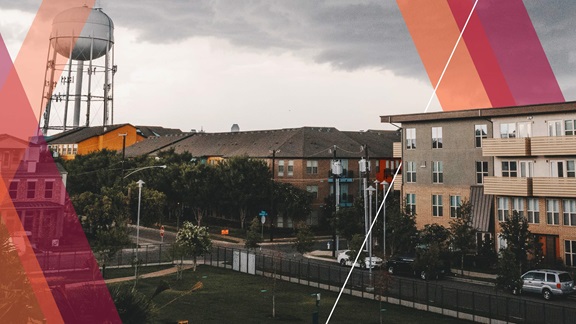Rising Property Insurance Costs: A Growing Crisis for Multifamily Housing
A new survey from the Federal Reserve Bank of Minneapolis reveals a concerning trend: owners of multifamily rental properties are struggling to manage rising property insurance costs. The survey, conducted in late 2023 and early 2024, indicates a significant squeeze on these housing providers, potentially impacting housing affordability for low- and moderate-income communities.

Soaring Premiums and Deductibles
The survey found that annual property insurance premiums have increased dramatically. From 2023 to 2024, premiums jumped by an average of 45 percent. Survey respondents’ annual premiums increased by an average of 14 percent from 2021 to 2022, 22 percent from 2022 to 2023, and 45 percent from 2023 to 2024. This surge far exceeds inflation.
One owner commented, “We estimate that over 50 percent of our overall operating expense inflation since 2020 can be explained by property insurance premium increases.” They added that property insurance rose from 6 percent of total operating expenses in 2020 to a forecasted 14 percent in 2024.
Deductibles have also seen substantial increases, outpacing premium growth in recent years. The average year-over-year deductible increases were about 23 percent, 27 percent, and 412 percent for each renewal from 2021 through 2024, or a total increase of 700 percent over 2021’s deductibles. This means owners are assuming more financial risk in the event of property damage.
Coverage Reductions and Exclusions
To mitigate these escalating costs, owners are forced to make difficult choices. Many have increased deductibles or reduced their insurance coverage, leaving them vulnerable to potential losses. Exclusions in policies are also becoming more common, limiting the types of damage covered. Roughly a third of survey respondents reported more exclusions for wind and hail damage compared to three years prior.
One respondent described the complexity of modern insurance policies, stating that a “new policy is like a book. You nearly need an attorney to read it to see if you actually have any coverage.”
Regional Disparities and Challenges
While rising insurance costs are a national issue, the survey highlighted a regional trend. Some owners with properties in Minneapolis and St. Paul reported that their insurers perceived higher risks due to property damage and perceived high crime rates during civil unrest in 2020.
Strategies to Combat Rising Costs
Owners are employing various strategies to manage rising insurance costs:
- Seeking bids from multiple insurance companies.
- Avoiding filing claims whenever possible.
- Decreasing operating expenses.
- Increasing rent, when feasible.
One respondent said, “We’ve done everything in our power to keep the increases down (raise deductibles, properly maintain our properties, reduce coverage, shop around).”
Impact on Affordable Housing
The rising cost of insurance poses a significant challenge for affordable housing providers. Almost two-thirds of the survey respondents provide housing affordable to lower-income households.
Affordable housing providers have less flexibility to raise rents or reduce coverage due to public funding restrictions. One provider noted that when insurance and other operating expenses grow at a much faster rate, it doesn’t take long before properties cannot cover their operating expenses. Another provider stated that “While our rents are below the fair-market rent, it’s a difficult decision to increase rents, as affordable housing is the backbone of a thriving community.” Finding affordable insurance can be difficult, with many insurance companies now reluctant to cover multifamily or affordable housing properties.
The Future of Multifamily Housing
The survey findings suggest that continued increases in property insurance costs could jeopardize the financial viability of multifamily housing, especially in the affordable housing sector. The long-term consequences include potential discouragement of new developments and a threat to housing affordability for low- and moderate-income communities.
As one owner noted, “Most of [the] portfolios like ours are just one claim away from significant financial stress.”
Continued cost increases could “impact decisions regarding new developments for affordable housing,” as stated by one respondent.
Source: Federal Reserve Bank of Minneapolis survey, March 4, 2025


